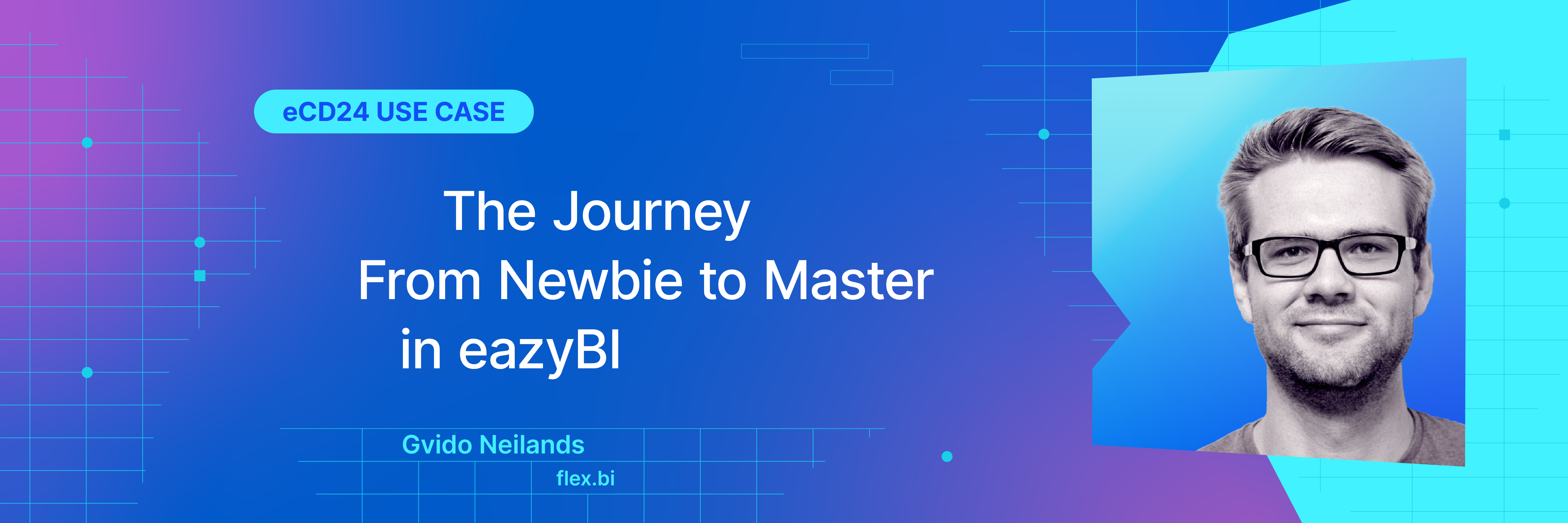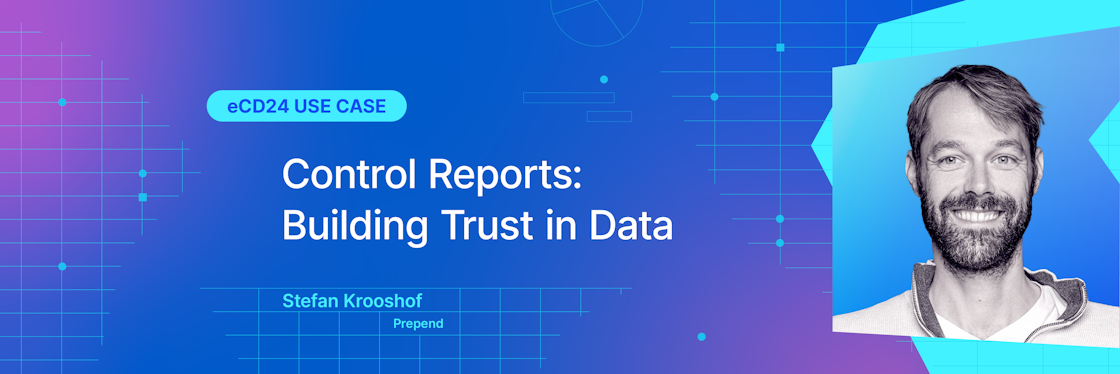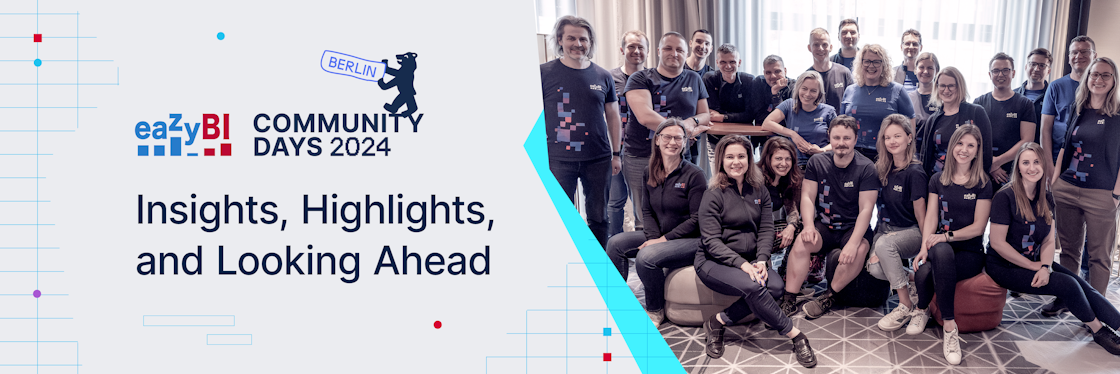

The Journey From Newbie to Master in eazyBI
eazyBI is a powerful business intelligence and data visualization tool, and mastering its full potential requires a combination of diverse skills and a structured approach. Whether you're just starting out or looking to deepen your expertise, this guide walks you through the essential steps and tips to elevate your eazyBI knowledge and create impactful dashboards and reports.
Understanding eazyBI: The Learning Journey
Hi, I’m Gvido, and I’ve been working with eazyBI and teaching it for over seven years. In that time, I’ve trained countless customers, helping them navigate from basic dashboard viewing to advanced report creation and automation. Let me share what I’ve learned, so you can make the most of this amazing tool.
Navigating eazyBI can initially feel overwhelming due to the abundance of information available. To streamline your learning, it’s helpful to identify your current level of understanding and set clear goals for progression. Here’s a roadmap:
1. Dashboard Viewer: The Foundation
The simplest way to start with eazyBI is as a dashboard viewer. Viewing dashboards is more than just passively looking at data; it’s about leveraging their functionality:
-
Combine reports from different colleagues or teams to create a comprehensive dashboard that serves multiple needs. For example, I’ve seen teams where one person tracks created issues and another tracks resolved issues. By collaborating, they built a unified dashboard that benefited everyone.
-
Apply filters to customize the data for specific users. Filters make dashboards dynamic and tailored to the audience.
-
Use drilling options. While all users have access to drilling options, many remain unaware simply because no one has demonstrated how to use them effectively.
A few years ago, I trained an admin who’d never visited the dashboard page. Once he saw how interactive and customizable dashboards could be, it completely changed how he approached his reports.
2. Discover the Added Value of Dashboards
Dashboards are not just static displays; they can be interactive tools that:
- Allow users to select time periods, toggle views, and explore data.
- Provide detailed insights with drill-across and drill-down functionality.
- Deliver more value by presenting data in a user-friendly and accessible way.
Tip: Walk your users (managers, colleagues, clients) through the dashboard’s functionalities to ensure they maximize its potential. I’ve found that a quick demo can significantly boost their engagement.
3. Visualization Options: Enhancing Presentation
Effective visualization is key to making data more digestible and actionable. eazyBI offers several options:
-
Chart Types: Experiment with bar charts, line charts, and others to find the best fit for your data.
-
Customization: Adjust colors and formats to make visuals clearer and more engaging.
-
Explore and Experiment: Spend time trying different visualization options to learn what works best.
One time, a customer asked me for a basic report. I transformed it into a bar and line chart combination, and they were thrilled with how much more useful it became. It only took a couple of minutes but made a big difference!
4. Report Creation Basics
Creating reports in eazyBI revolves around three main sections: pages, rows, and columns.
- Pages: Use these for filters, such as selecting specific projects.
- Rows: Add dimensions like projects or issues here.
- Columns: Add measures like numbers or metrics.
Mastering these basics is essential before moving on to more complex features. Familiarize yourself with eazyBI’s terminology, such as dimensions, measures, and properties, to better understand its capabilities.
Tip: When you start creating reports, pay attention to the hints in the interface. Words like “dimensions” and “measures” are not just labels; they’re clues to how eazyBI “thinks”.
5. Automation and Calculated Members
Once you’ve grasped report creation, the next step is learning about calculated members and measures. This involves using MDX (Multidimensional Expressions) to:
- Automate repetitive tasks.
- Create advanced calculations, such as averages or date differences.
- Mimic manual report-building steps programmatically.
Creating an MDX calculation is a process that requires knowledge of multiple topics. It involves understanding report creation to translate report-building steps into MDX, knowledge about data types to find and apply MDX functions correctly, and insight into eazyBI’s MDX syntax to write queries accurately.
6. Building Custom Fields
At this stage, you might know how to build the reports you need, but the required information may not be available in eazyBI. This is where Custom Fields can help to:
- Import and define new data dimensions, hierarchies, or properties.
- Tailor eazyBI’s functionality to specific business needs.
To master custom fields, start by:
-
Building your own data cube from scratch.
-
Debugging and extracting data using JSON to ensure you’re pulling the correct values.
When I train attendees on custom fields, I like to give them a simple exercise: building an issues data cube from scratch. This challenges their understanding of eazyBI’s concepts, provides a hands-on sandbox to quickly learn from mistakes, and offers insights into how eazyBI’s existing issues data cube is built.
Tips for Effective Learning and Practice
-
Leverage Documentation: eazyBI’s documentation is a treasure trove of insights on functions, hierarchies, and data types.
-
Practice Regularly: Hands-on experience is crucial for mastering report creation and MDX.
-
Participate in Trainings: Structured training sessions provide guided learning and practical exercises.
Conclusion
Mastering eazyBI is a step-by-step process that requires patience, exploration, and continuous practice. Whether you’re a dashboard viewer, a report creator, or a custom field builder, there are always new skills to learn and refine. By following this roadmap and utilizing available resources, you can unlock the full potential of eazyBI and deliver meaningful insights to your team or organization.
And remember, don’t be afraid to experiment. Some of the best discoveries I’ve made came from trying things out. Happy learning and reporting!
If you’re more of a video person, feel free to watch the recording of Gvido’s presentation from eazyBI Community Days 2024.
Join us for eazyBI Community Days 2025 in Riga on May 22-23. Two days full of expert talks, product news, case studies, networking and much more. Check out the agenda and register now to secure the best deal on your event pass!







